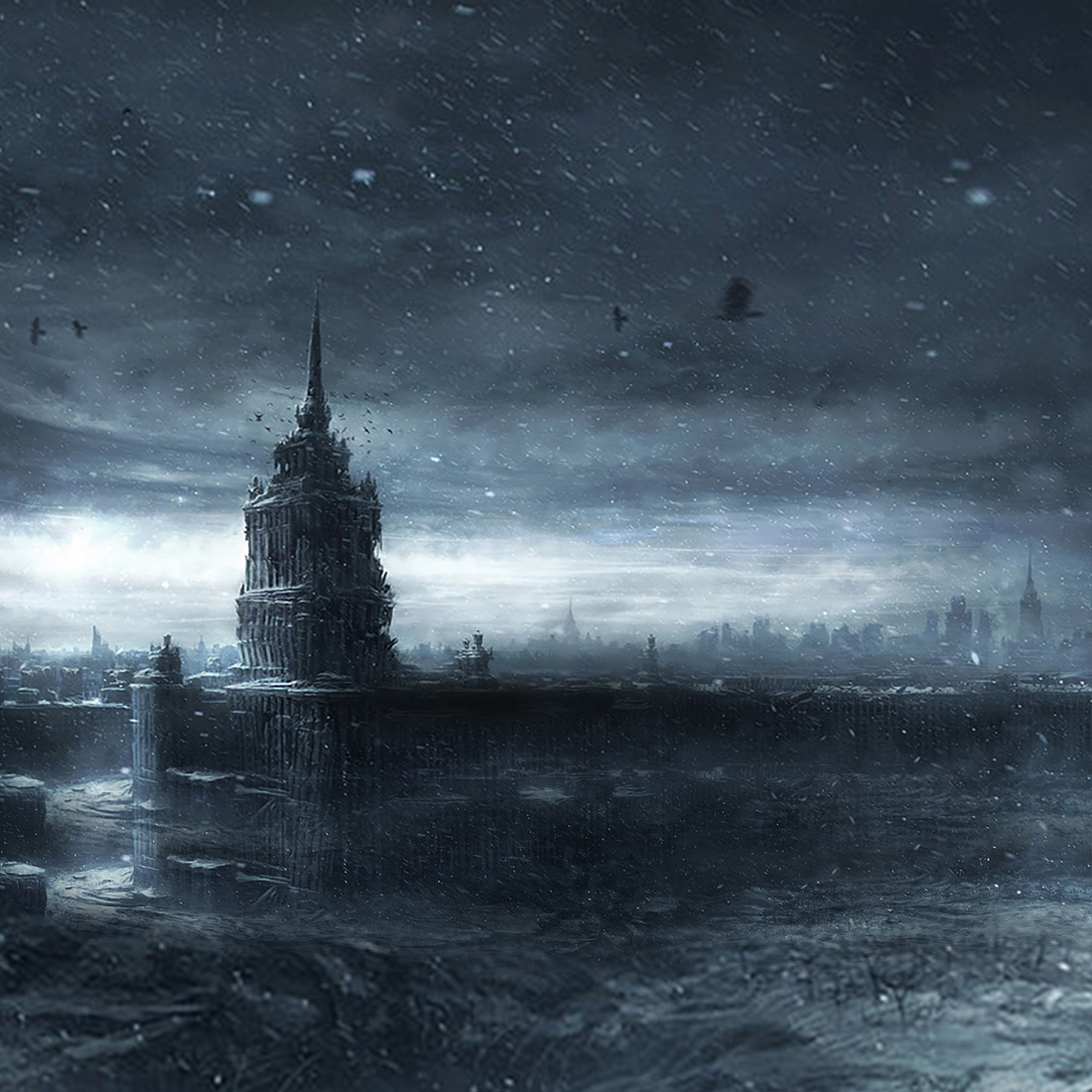It’s hard to fathom an entire city disappearing from the face of Earth but that’s exactly what happened to these ancient civilizations. War, earthquakes, climate change and decline of trading partners all played a part in transforming these once prosperous cities into ghost towns. Here are the best places where you can experience a stunning and often surprising blast from the past.
Ephesus
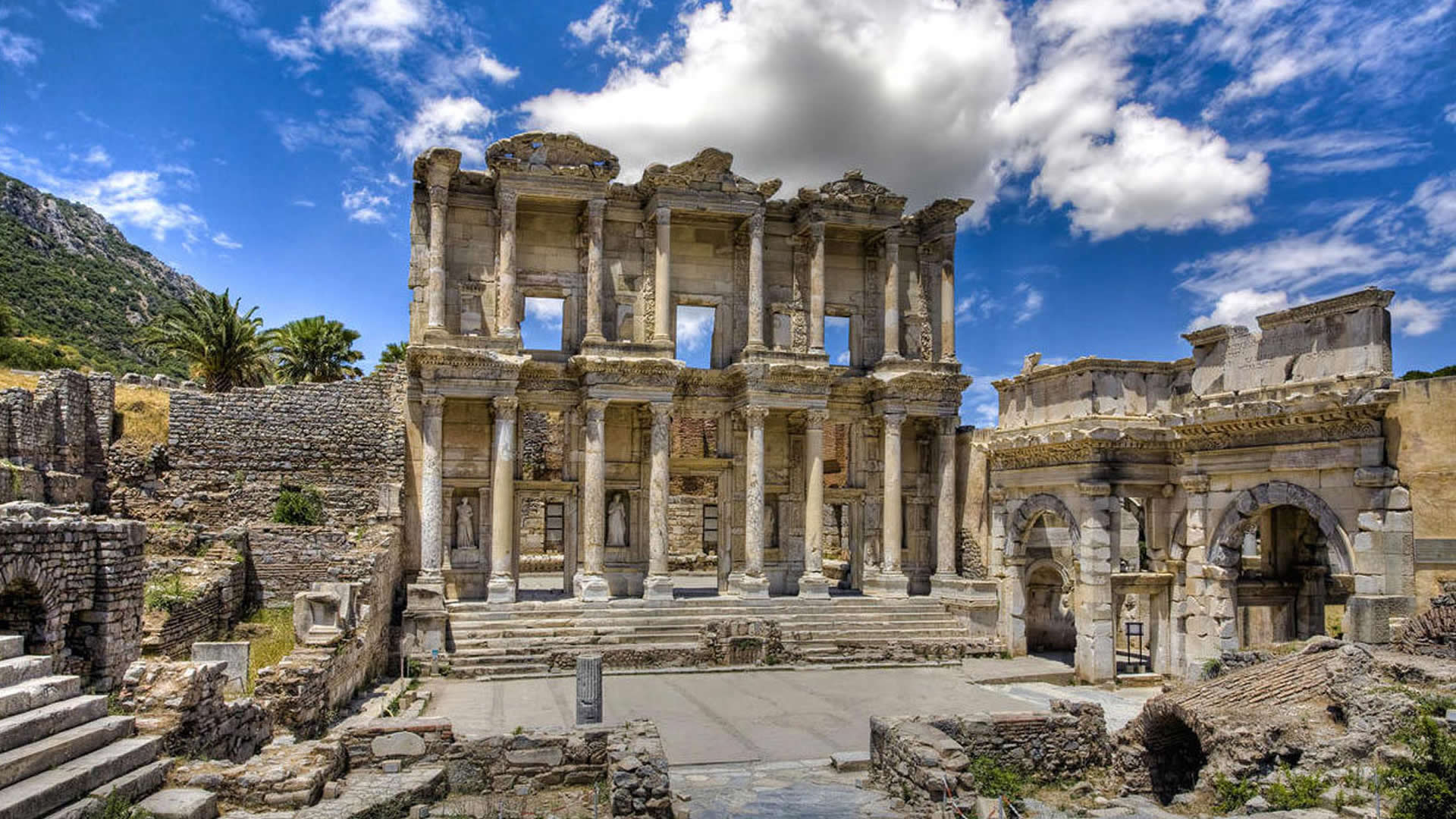
Once the capital of Roman Asia Minor, Ephesus was a sprawling city home to more than 250,000 inhabitants. It was the fourth largest in the empire after Rome and was obnoxiously wealthy enough to build the Temple of Artemis – at the time the biggest temple on Earth, and one of the Seven Wonders of the Ancient World. Its excavation opened a Pandora’s box of some of the greatest historical treasures – from classical Greece to the Roman Empire and the House of the Virgin Mary, a holy site believed to be where Mary spent the last years of her life.
Vijayanagara
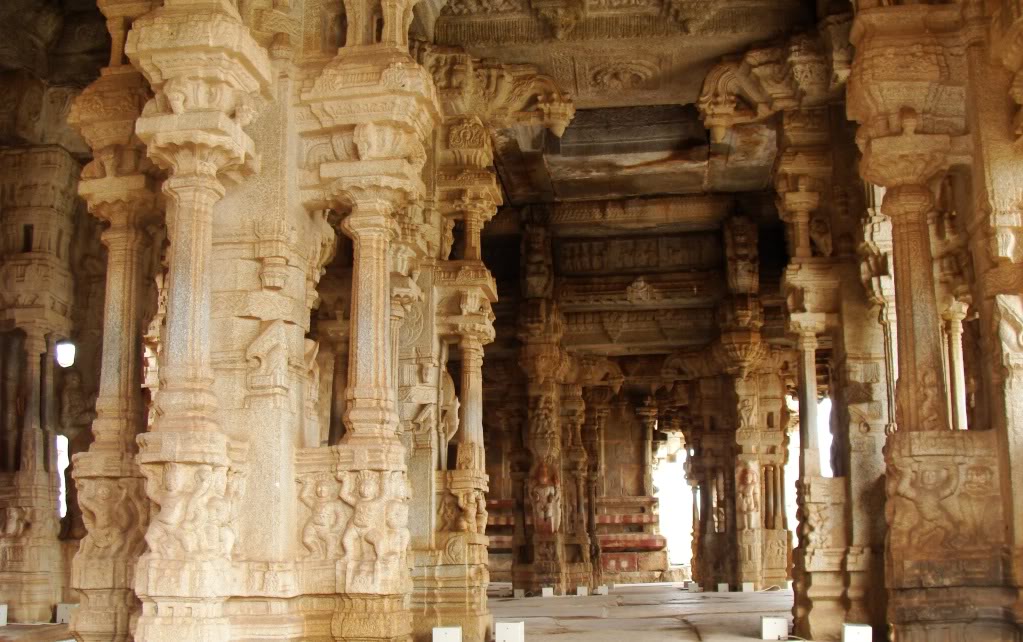
Vijayanagar was once a massive city home to more than 500,000 inhabitants. The city flourished between the 14th and 16th century, and is often considered to be the ‘golden years’ of the Vijayanagara empire. In 1565, the empire suffered a massive defeat at the hands of a Muslim kingdom whose army went on a rampage; razing and destroying the city over a period of several months.
Mohenjo-daro
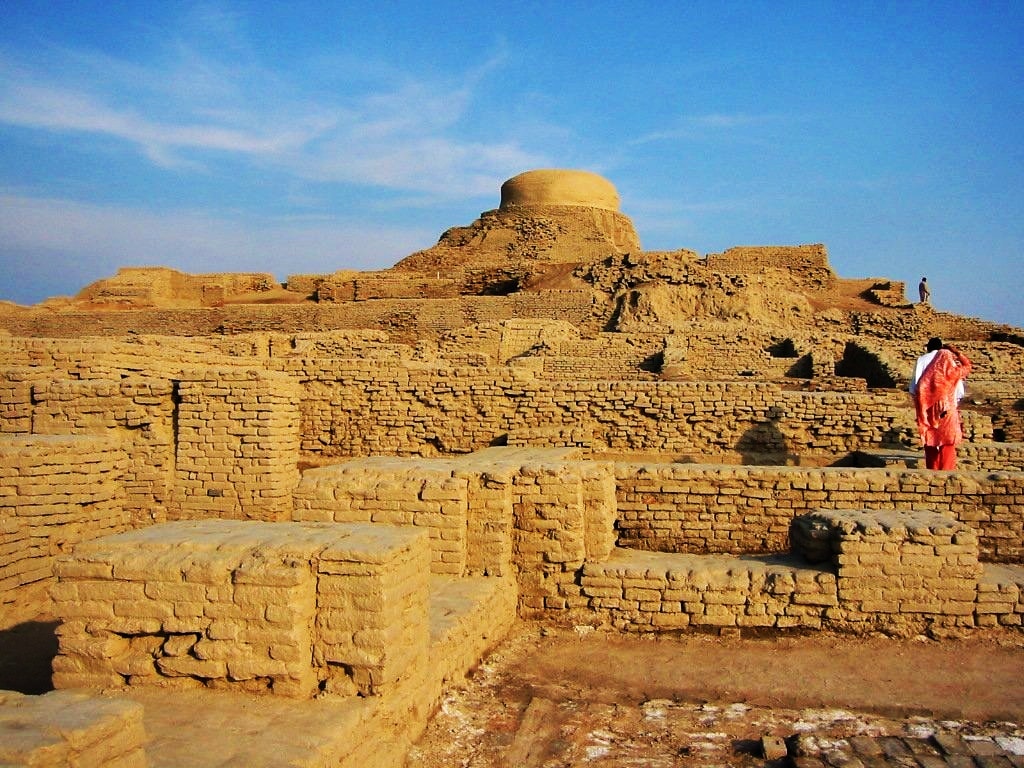
Famed for being one of the early urban settlements in the world, Mohenjo-daro was built in 2600 BC in present-day Pakistan. The city was home to around 35,000 people and is renowned for its planned layout, patterned grid-based streets and advanced buildings crafted from mud and burned wood bricks. Mohenjo-daro vanished without a trace around 1700 BC until it was found in the 1920s. The city’s decline remains a mystery and has been speculatively attributed to floods, earthquake, war and even an ancient atomic bomb.
Timgad
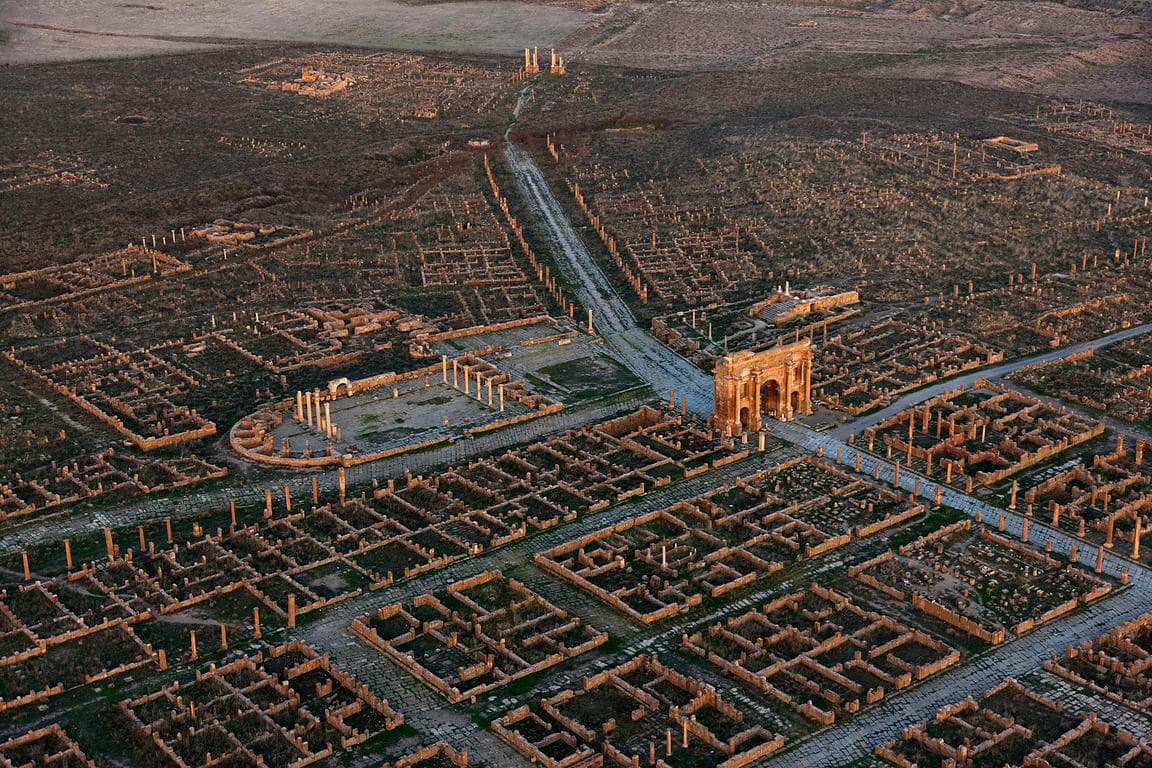
Timgad was a famed Roman colonial town in present-day Algeria that was founded in 100 AD. Initially designed for a city of 15,000 people, it rapidly expanded and spilled beyond its orthogonal-like grid structure into unorganized clumps and clusters. Two successive attacks by the Vandals and the Berbers in the 5th and 7th centuries wrecked the city beyond the point of revival and it was finally abandoned.
Palenque
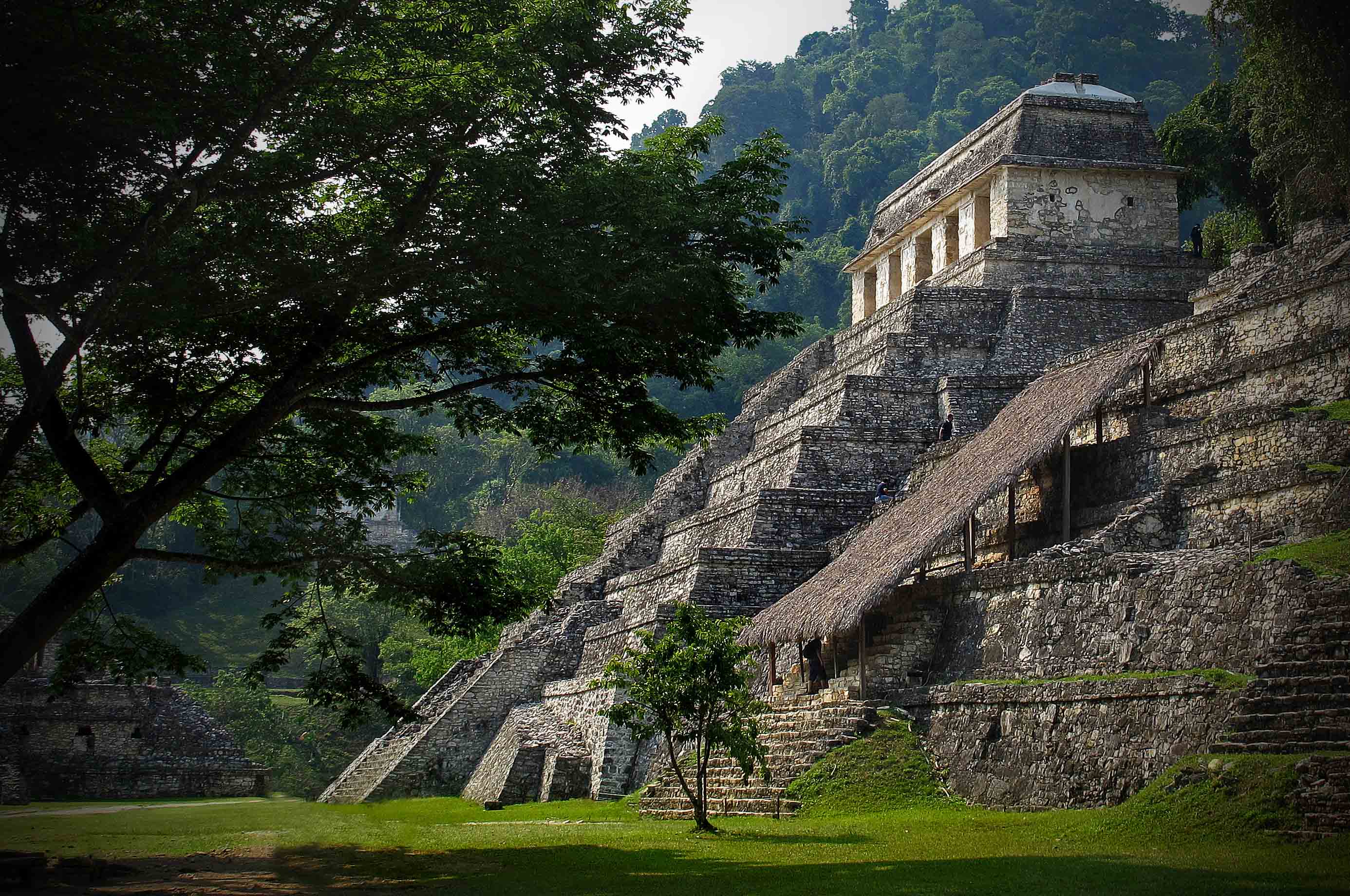
Palenque is probably the smallest of the Mayan ruins but it is home to the finest sculptures and architecture that Mayans ever created. The city flourished during the 600 AD but steadily declined after the 8th century and was slowly embraced by the surrounding jungle.
Ctesiphon

During the 6th century, Ctesiphon was one of the largest cities in the world and the greatest city in ancient Mesopotamia. It’s fame and importance made it a prime target for rivals like the Roman Empire and Byzantine Empire. The city suffered multiple wave of attacks from the Muslims and Byzantines and finally became a ghost town after the founding of the Abbasid Capital at Baghdad. Ctesiphon is believed to be the basis for the city of Isbanir in Thousand and One Nights.
Leptis Magna
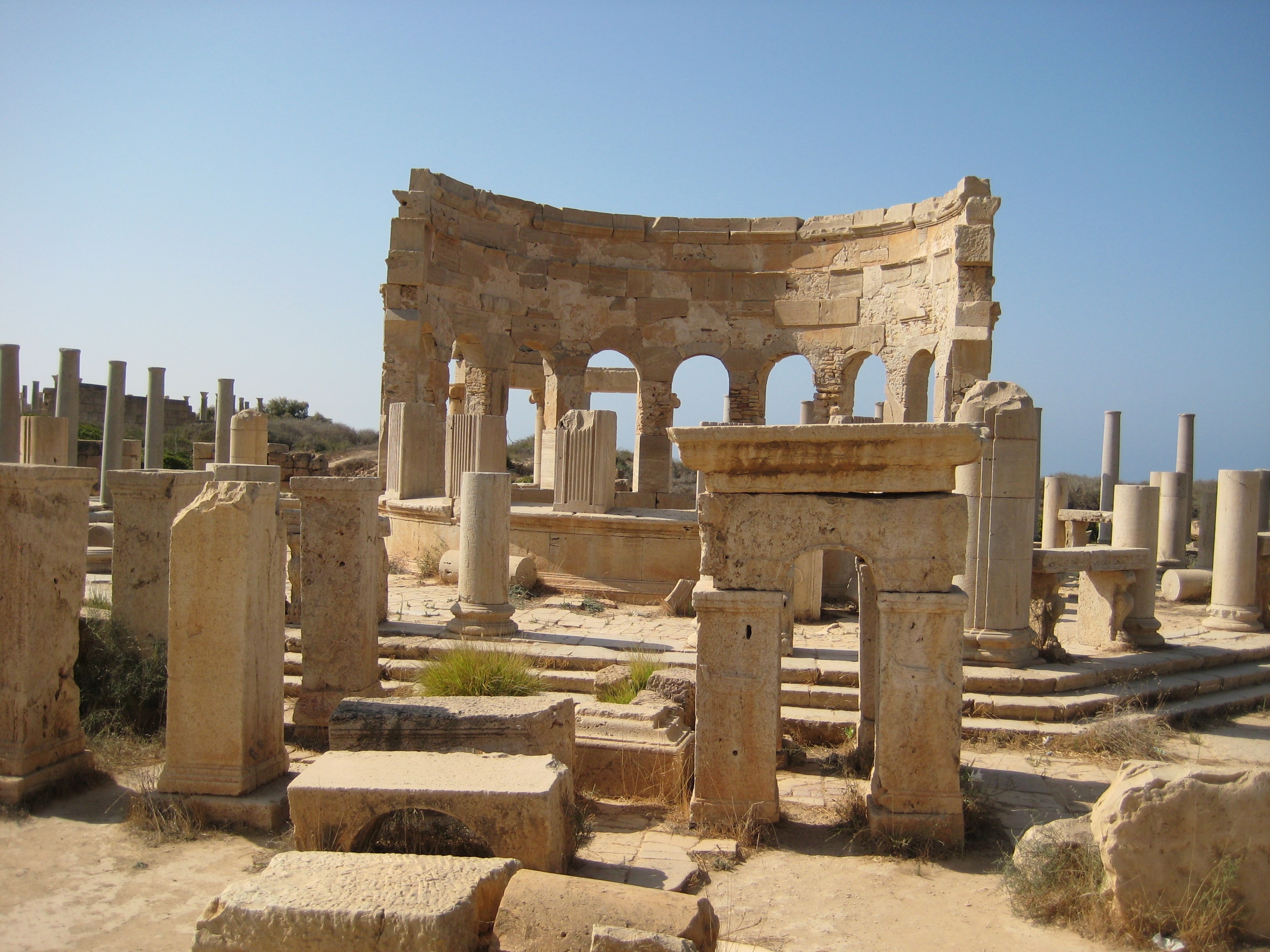
Leptis Magna was once a sprawling Roman city located in present-day Libya. It’s natural harbour and fertile soil rendered it a vital Mediterranean trading center and the city quickly attracted a sizeable population. However, increasing resistance from the Roman Empire lead to the city’s decline and the Arab conquest in 642 proved to be the last nail on its coffin.
Taxila
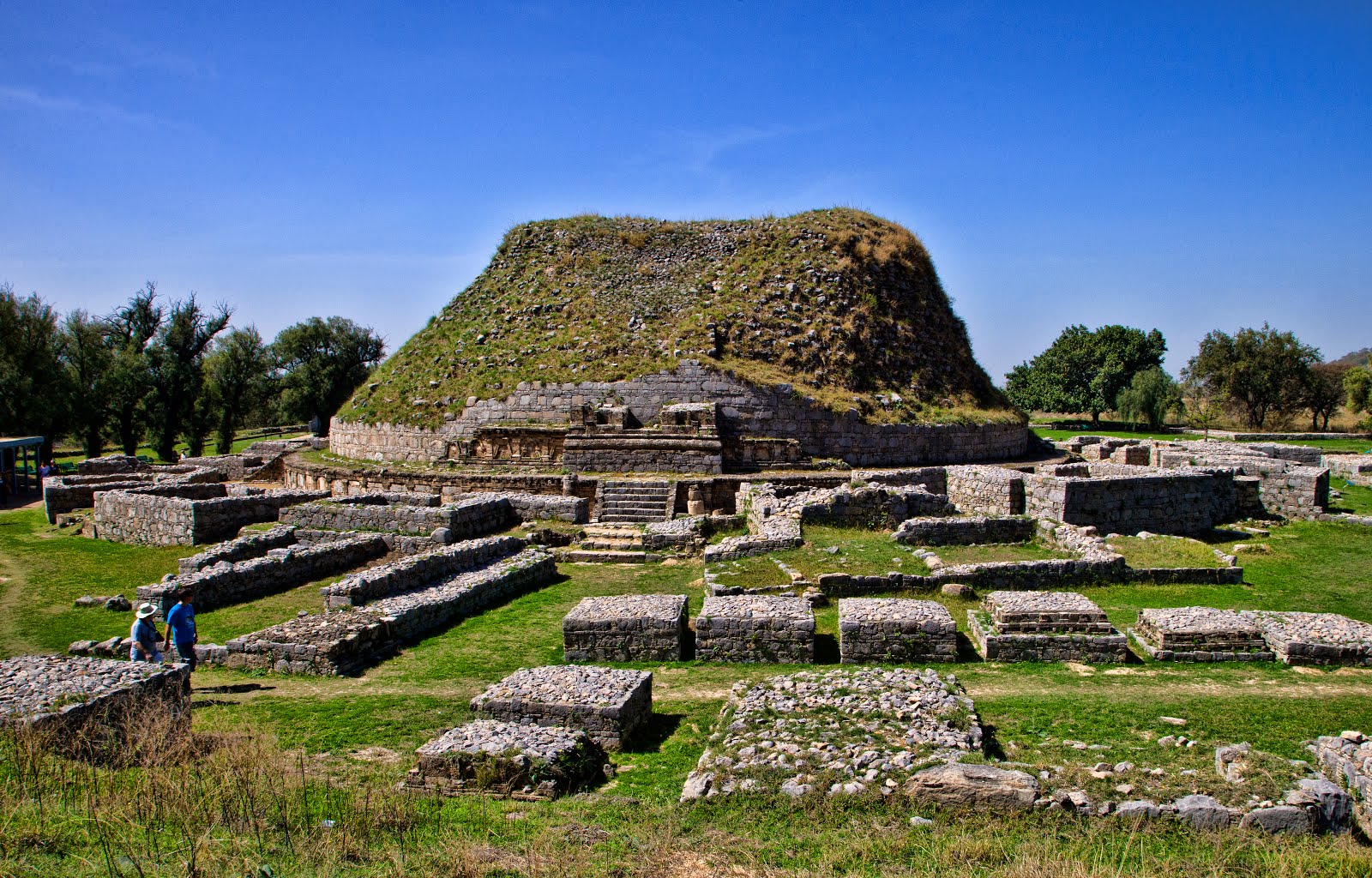
Taxila was an ancient city located in northwestern Pakistan. The city was ruled by a succession of conquerors including the Persian King Darius and Alexander the Great. It’s position at the junction of three vital trade routes made it one of the most prosperous ancient cities. When the trade route dried up, the city lost its significance and was finally razed by the Huns in the 5th century.
Machu Picchu
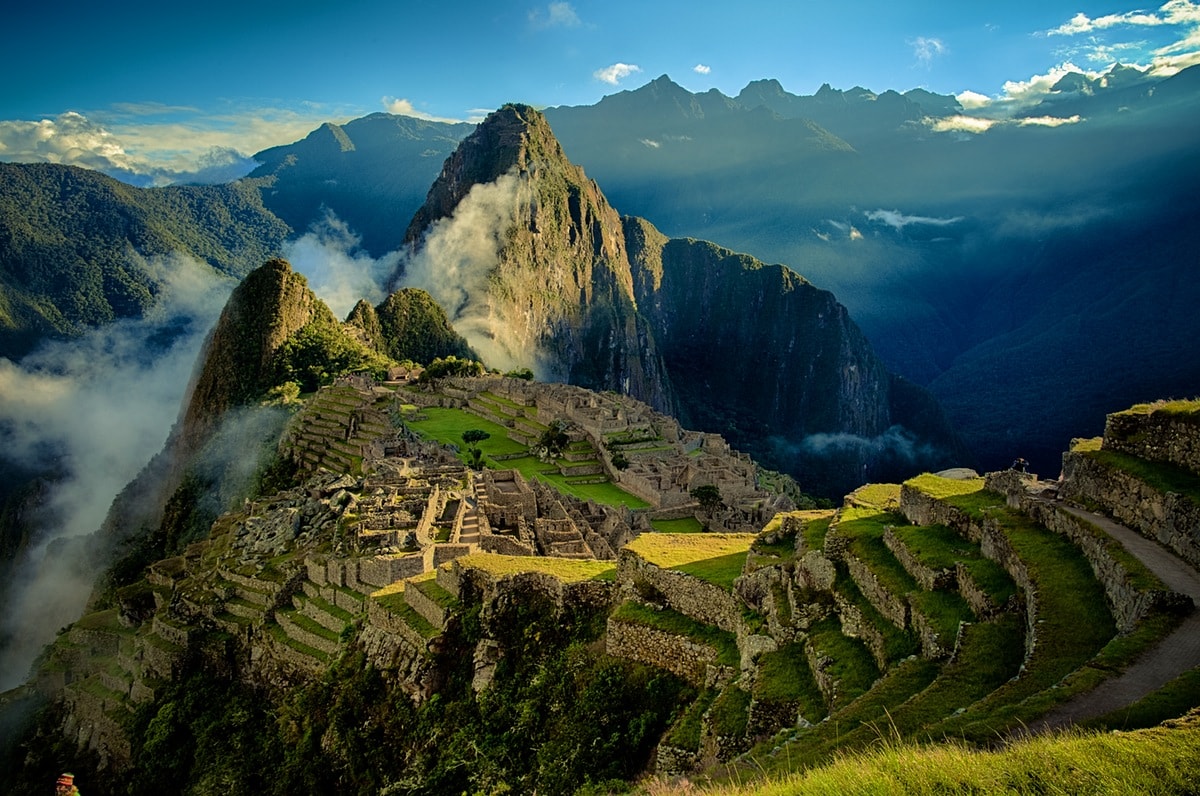
The ‘Lost City of the Incas’ was discovered by the Hawaiian historian Hiram in 1911. The city is surrounded by a maze of agricultural terraces and natural springs which made it fully invisible unless viewed from above. Although the city was locally known, it became popular in the western world only after its discovery in 1911.
Petra
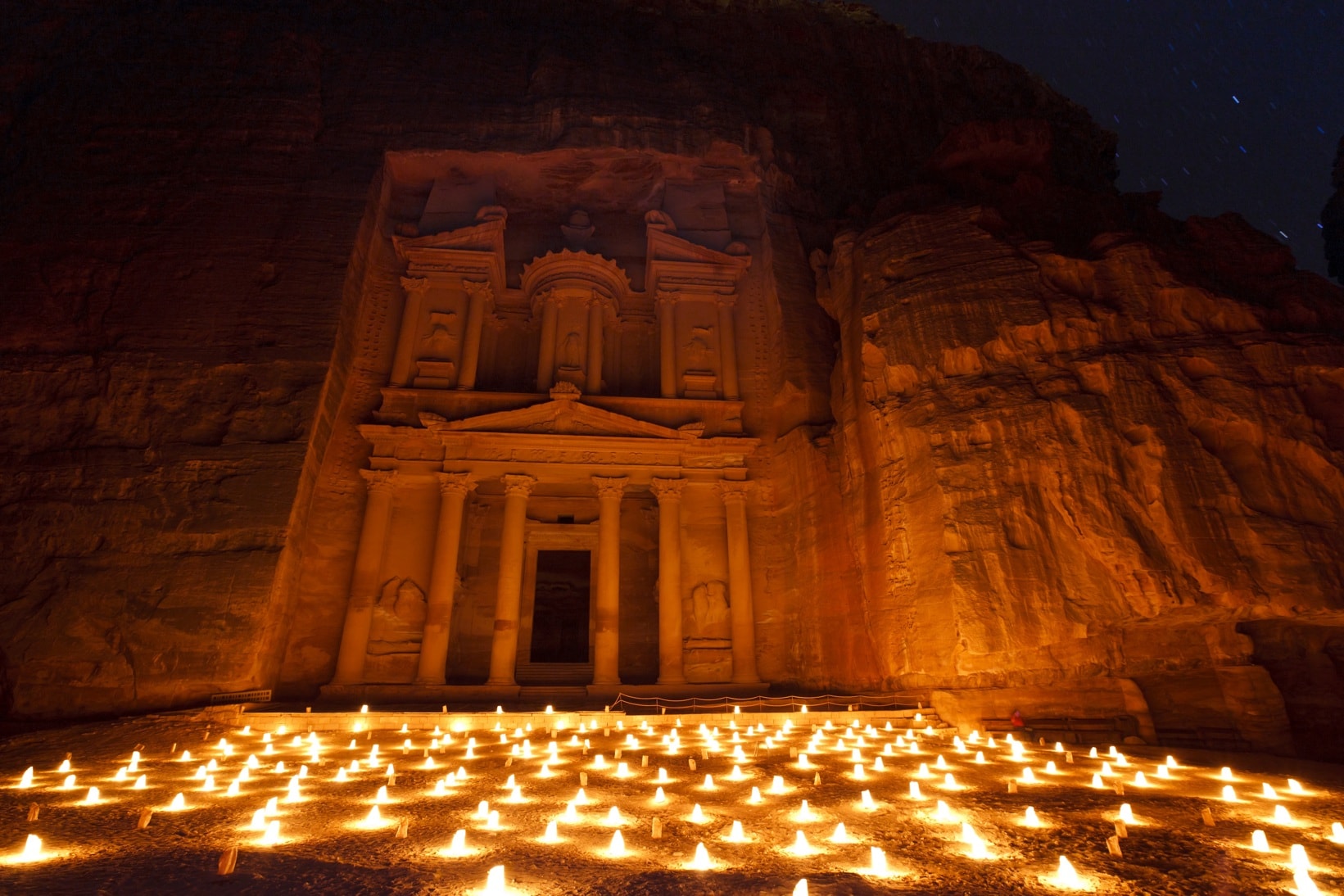
The fabled ‘rose red city’ was the ancient capital of Nabataean kingdom. This sprawling city was carved into the side of Wadi Musa Canyon in southern Jordan and served as a vital junction on the spice route that linked China, India, Egypt, Greece and Rome. After several waves of earthquakes messed up the city’s water management system, it was completely abandoned in the 6th century. Petra was completely forgotten until it was discovered by the Swiss traveler Johann Ludwig Burckhardt in 1812.

